Tel: +86-371-63699132
Fax: +86-371-63935058
E-mail:
sales@unique-crusher.com
Zip Code: 450008
What is the working principle of cone breaking? How to use correctly and precautions
What is the working principle of cone breaking? How to use correctly and precautions?
A. First understand the working principle of cone breaking
After the material is crushed by the coarse crusher (jaw crusher or gyratory crusher), it is sent by the belt conveyor into the cone-breaking hopper, and falls into the distribution tray evenly into the crushing cavity (the crushing cavity is composed of the crushing wall and Rolled mortar wall). In the crushing chamber, the material is subjected to high-speed crushing cone, strong impact, squeezing and bending of the large stroke. The material is quickly crushed, and slides along the moving cone, passes through the parallel belt at the lower part of the crushing chamber of the crusher, and then undergoes at least one crushing action. Ensure that the product size is evenly discharged from the cone crushing cavity.
B. How to use the cone crusher correctly
Cone crusher is generally used for medium and fine crushing. The standard type is generally used for second break, that is, medium break. The short head type is generally used for fine breaking, that is, final breaking. There are four types of common cone breaks: extra thick, coarse, medium, and thin. The principle of selection is to determine the size of the input material and the size of the discharged particles. The size of the input material is large, the product particle size is coarse, and the special coarse or coarse type is selected. Otherwise, the medium and fine types are used. For detailed parameters, please refer to the product link of cone crusher on this website:
1. When calculating the feed particle size, the maximum feed opening size of the open edge is multiplied by 0.85 as the basis for selecting the feed size, and the average size of the product is the maximum feed divided by the crushing ratio.
2. The standard type of cone breaking is mostly used for open circuit circulation, and the short head type is mostly used for closed circuit circulation. When choosing a lining board, the user must generally consider three factors: output, power consumption, and abrasion resistance of the lining board, generally in accordance with the following principles:
1) Maximum feeding size;
2) Variation of particle size, distribution of feed particle size;
3) The hardness of the material;
4) Wear resistance of the material.
Conclusion: The longer the lining board, the higher the power consumption; the hard material chooses the short lining board, the soft material chooses the long lining board; in the distribution of materials, the fine material chooses the short lining board, and the coarse material chooses the long lining board.
3. In the distribution of feed particle size, the material generally smaller than the closed side discharge port cannot exceed 10%. If it exceeds 10%, the power consumption increases and the product particle size becomes flaky; the moisture content of the viscous material increases Can affect the throughput of the material, as far as the moisture of the material is concerned, it generally does not exceed 5%.
4. In the use of power: the standard cone crusher should reach 75%~80%, and the short head cone crusher should reach 80%~85%.
3. Matters needing attention during use






 العربية
العربية Español
Español Português
Português Deutsch
Deutsch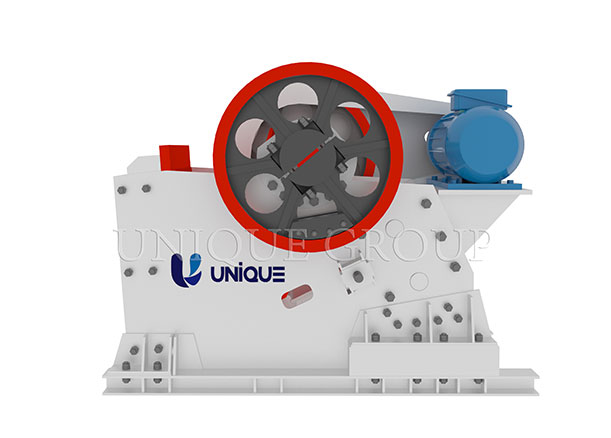
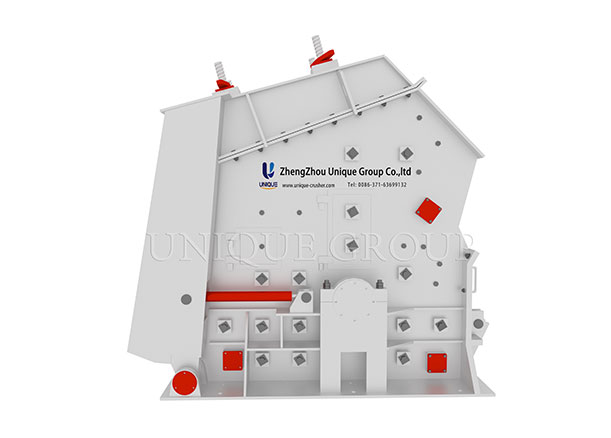
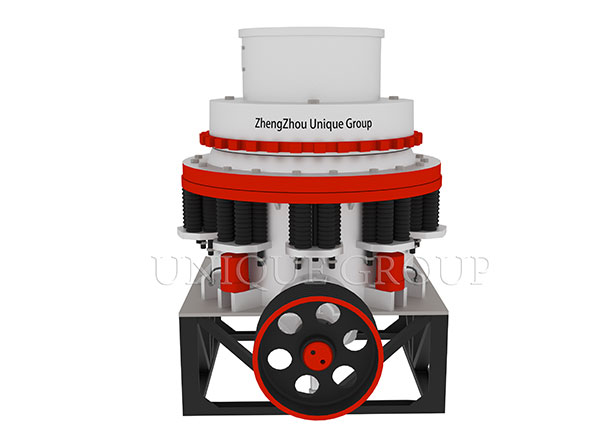
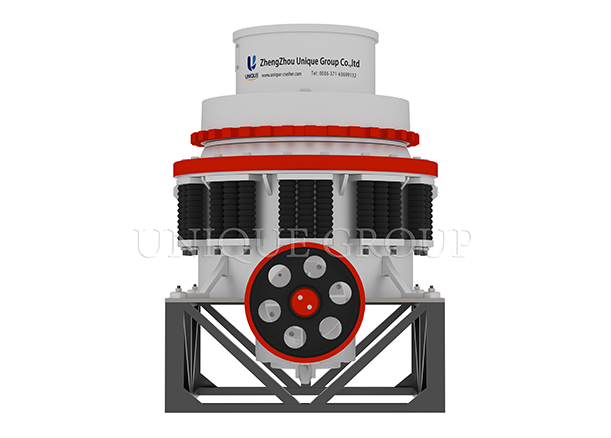
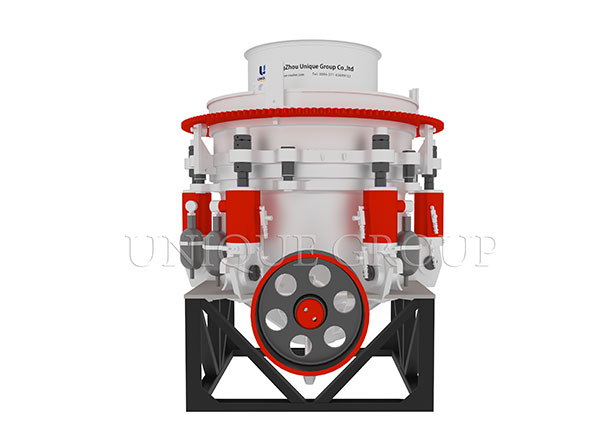
.png)





